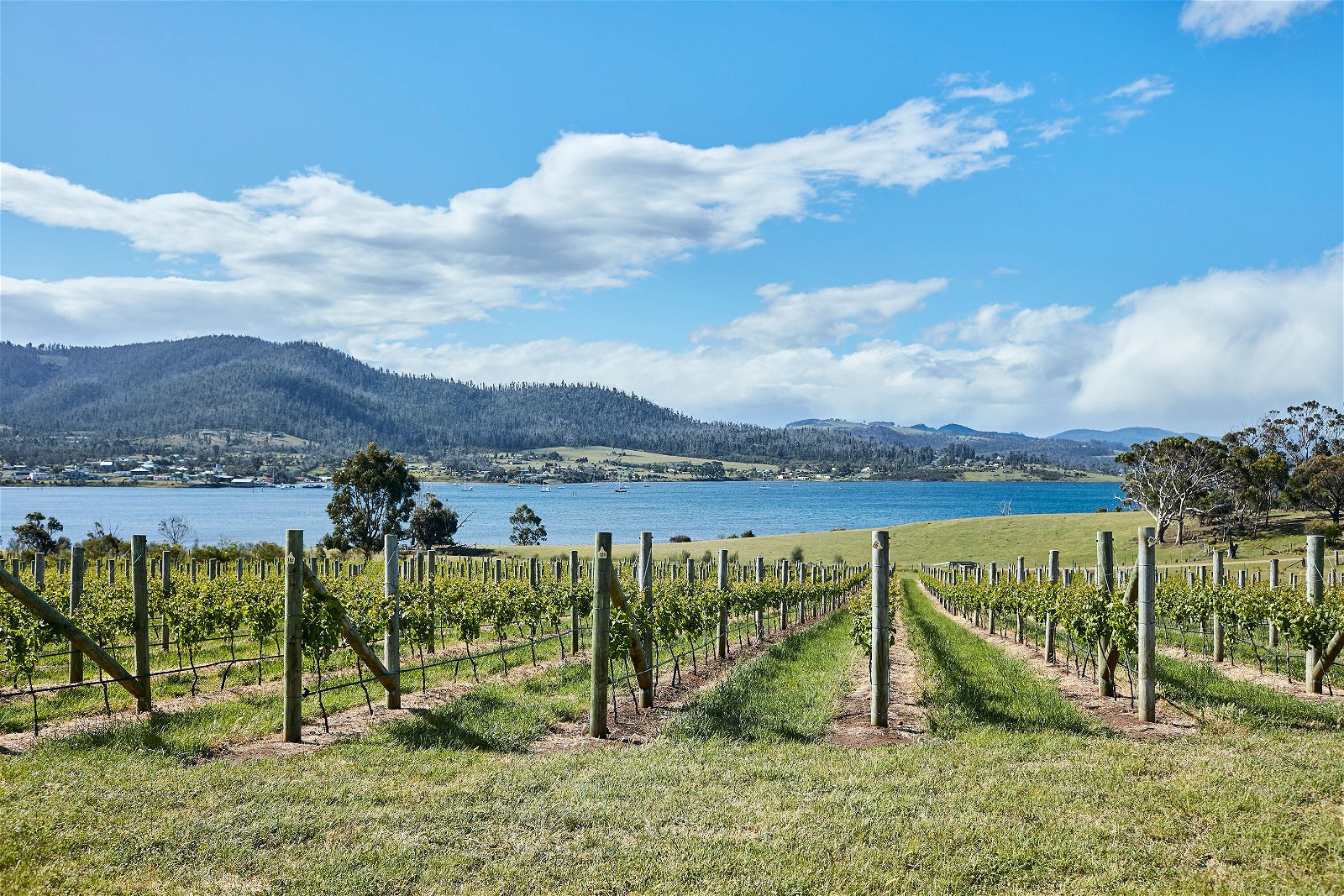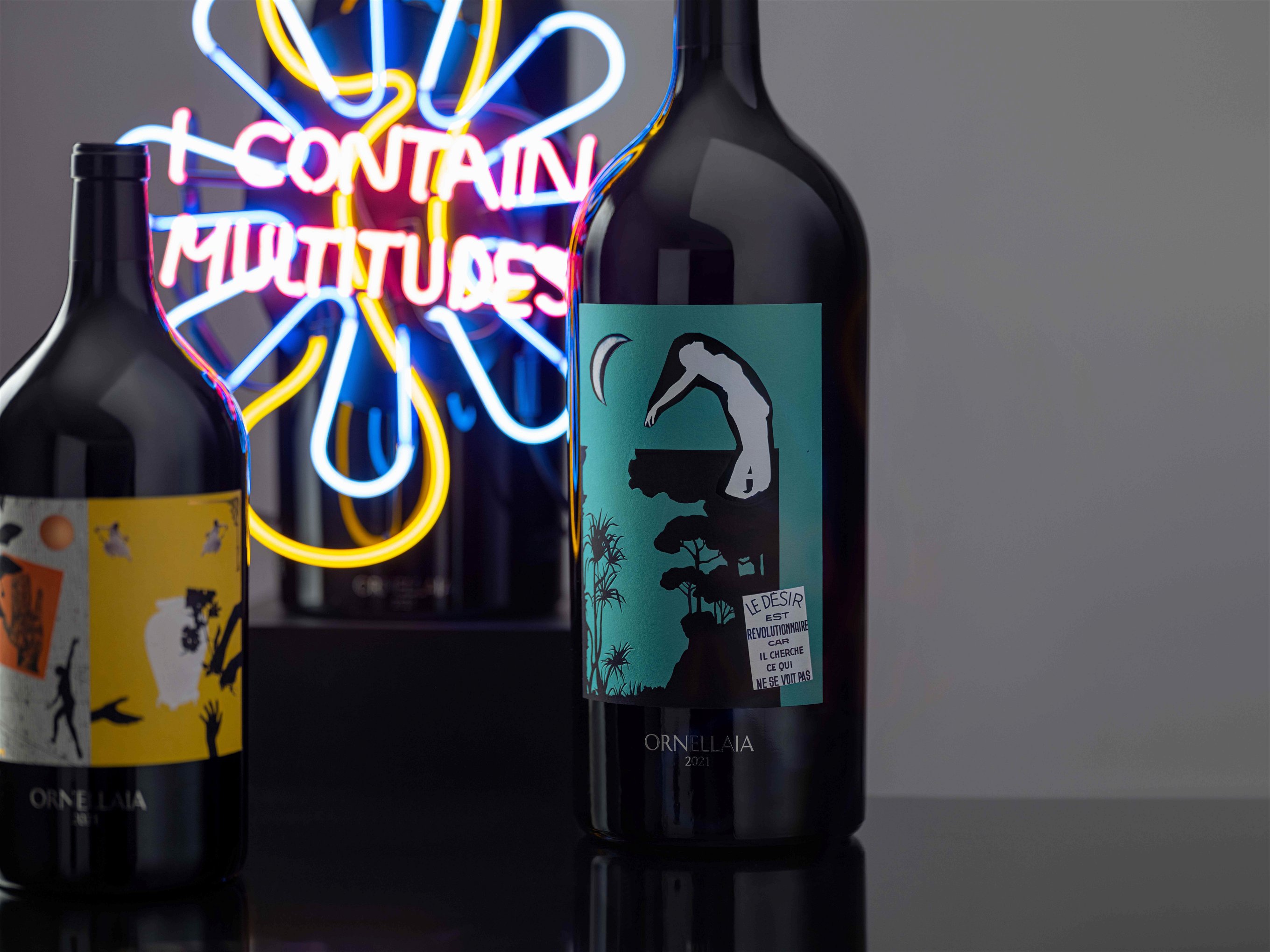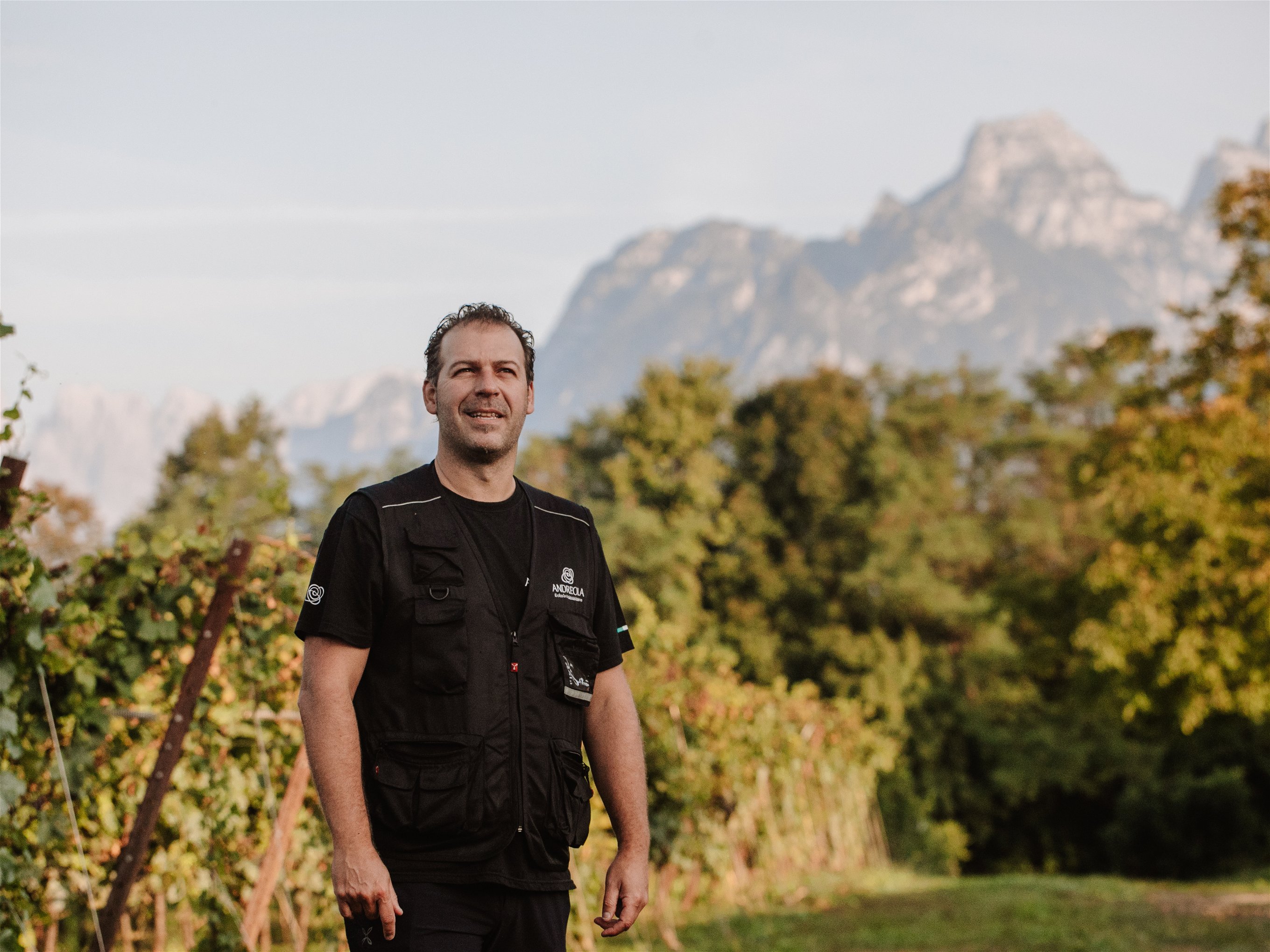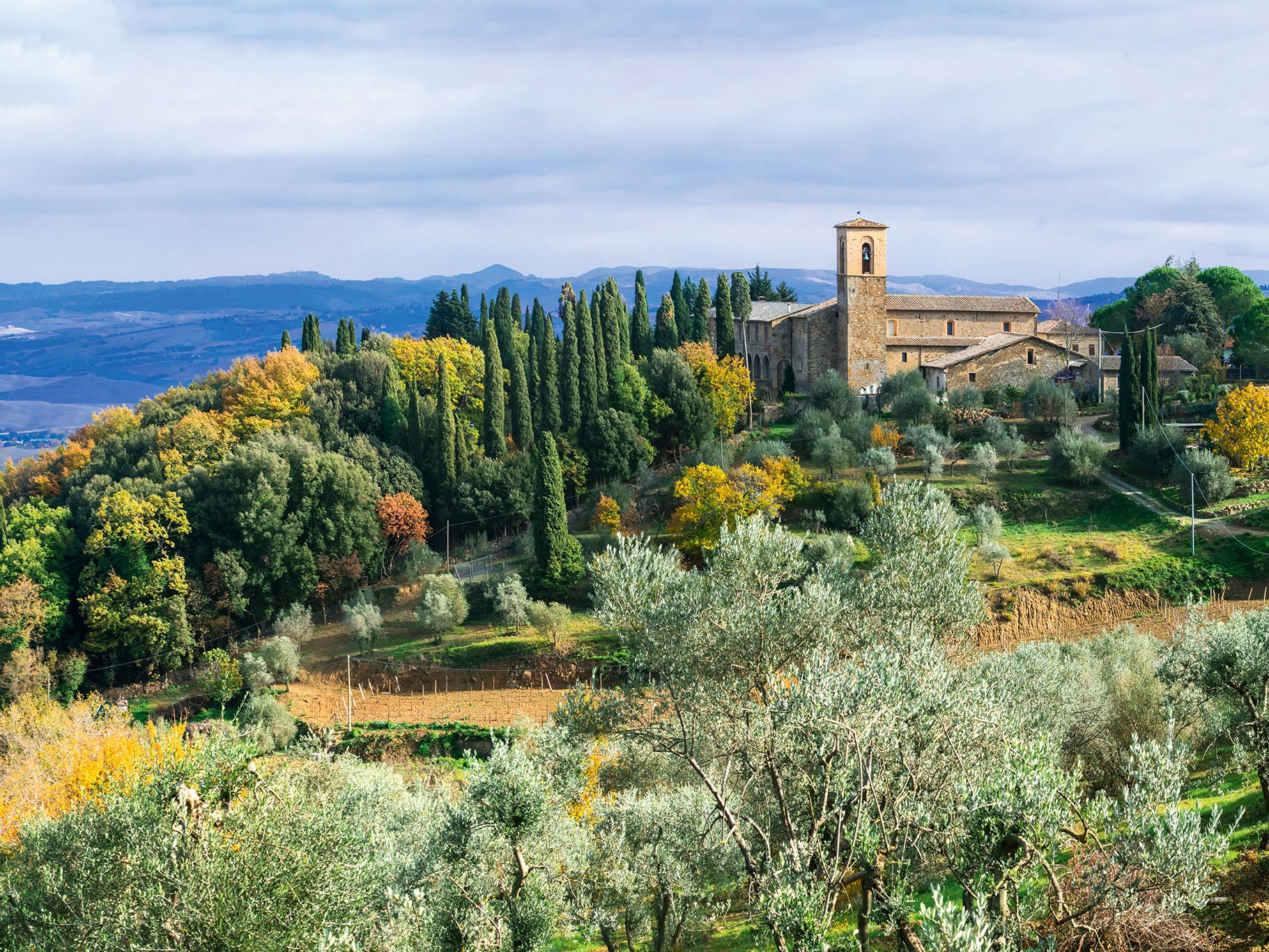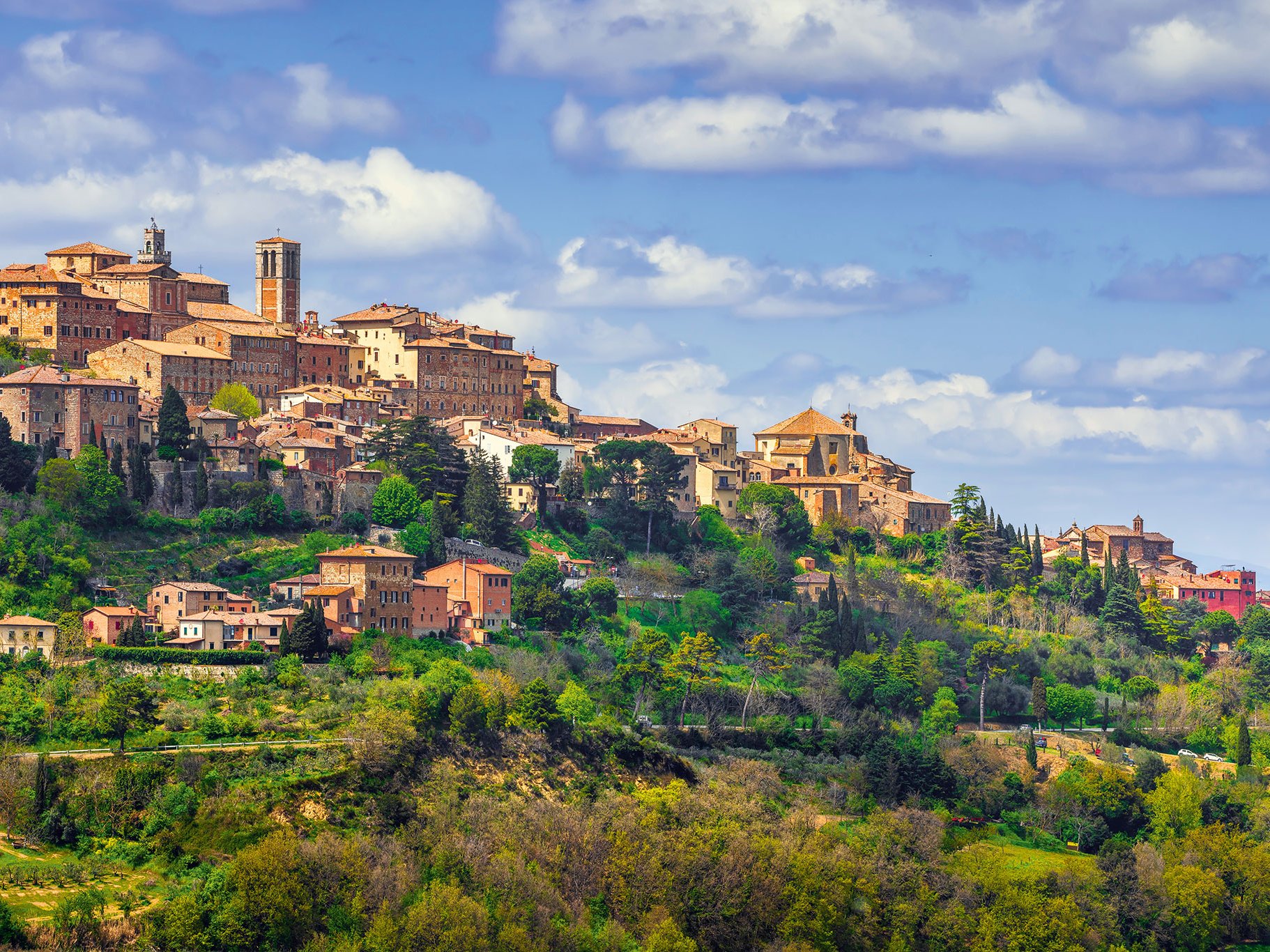The island of Tasmania, which lies to the south of Australia, is one of the oldest and most traditional wine-growing regions on the fifth continent. Vines were first planted here back in 1823. However, the wines of the remote island were not taken quite so seriously, which is why Tasmanian viticulture did not play a significant role for a long time.
It was not until the 1950s that the island attracted attention again with the founding of the Pipers Brook winery. With the growing interest of Australian winemakers for "cold climates", Tasmania increasingly came into focus. Although the island accounts for barely 1.5% of Australia's total vineyard area, it is now home to a growing, almost booming wine production, and this despite the fact that the engine of the Australian wine industry has stalled somewhat and vineyards have to be left fallow.
Tasmania's climate is quite cool, even harsh in some places. The best vineyards are located in the eastern and southern parts of the island, where they are protected from the cold sea winds. The temperatures are about the same as those of Burgundy and in some places even the Moselle. The soils have quite different structures, but in combination with the cool climate they provide ideal conditions for fresh, lively white wines such as Riesling, Gewürztraminer or Pinot Gris. The warmer sites are particularly suitable for Pinot Noir, Cabernet Sauvignon and even Syrah.
Even if yields are low because of the size of the vineyards, Tasmania, as a special "cold climate", plays a special role in Australian viticulture today. Approximately 1500 hectares are under vines, of which the winery Brown Brothers alone manages 240.
